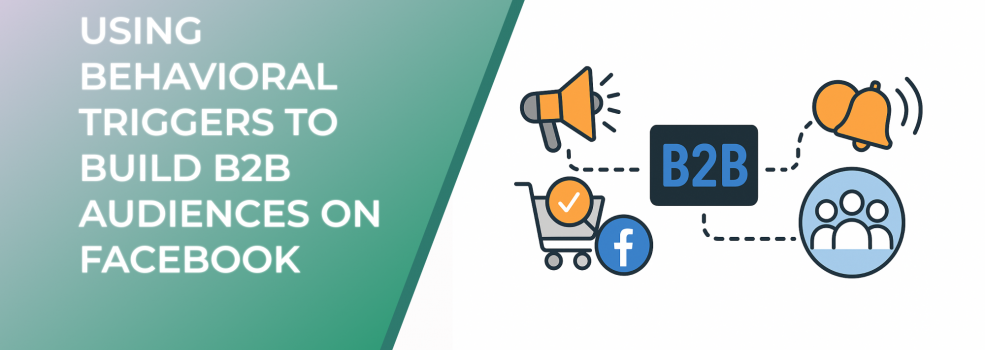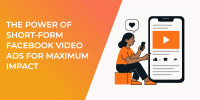Introduction: Why Behavioral Targeting is Key for B2B on Facebook
Facebook is often underestimated for B2B marketing, but it remains one of the most data-rich and behavior-driven ad platforms available. With over 2.9 billion monthly users and decision-makers checking in multiple times a day, it’s no longer a question of if Facebook works for B2B, but how.
Unlike search platforms, where users declare intent, Facebook requires a nuanced understanding of user engagement. Interactions with niche groups or business-related content can indicate valuable professional interest and help shape effective targeting.
1. What Are Behavioral Signals in B2B Facebook Marketing?
Behavioral signals refer to observable user actions that imply professional interests. In the B2B space, this could include:
-
Joining or posting in Facebook groups for CRM tools, HR software, or marketing automation.
-
Following Instagram profiles of SaaS founders, tech consultants, or startup brands.
These interactions suggest active engagement with B2B themes, giving marketers a more accurate lens into a user’s potential intent than generic demographic data alone.
2. How LeadEnforce Builds Custom Audiences Using Group and Profile Engagement
LeadEnforce does not rely on behavioral triggers or personal information. Instead, it enables advertisers to create custom audiences based solely on:
-
Facebook groups: Build audiences from users active in niche B2B groups (e.g., "SaaS Marketing Community" or "Tech Startups 2025").
-
Instagram profiles: Create audiences from people who engage with relevant B2B influencers, industry experts, or solution providers.
LeadEnforce Custom Audience Workflow for B2B Targeting A visual overview of how LeadEnforce builds Facebook audiences from public group and profile engagement.
This privacy-compliant approach allows advertisers to reach users already engaging with B2B-relevant communities.
3. Case Example: Targeting HR Tech Buyers
Let’s say you market an AI-powered recruitment platform. Instead of guessing job titles like "HR Manager," you can:
-
Identify Facebook groups focused on hiring strategy, talent acquisition, and HR automation.
-
Use LeadEnforce to build custom audiences from those group participants.
-
Expand the audience with lookalikes.
This method ensures your ad reaches users already engaging in relevant discussions—without relying on invasive data.
4. Key Stats That Validate the Strategy
-
54% of decision-makers use Facebook to research business purchases (Hootsuite)
-
Custom audiences created through group and profile engagement outperform interest targeting by up to 47% (LeadEnforce Internal Data)
-
B2B campaigns using group-based segmentation see up to 2.6x higher CTR compared to job-title targeting (Meta)
Group-Based Audience Targeting Delivers Higher CTR and Conversions
Group and profile-based audiences consistently outperform traditional Facebook targeting in B2B campaigns.
5. Top Keywords that Align with B2B Audience Themes
While LeadEnforce doesn’t offer keyword targeting, keyword research helps identify themes that can guide which groups or profiles to target. High-relevance keywords include:
-
"facebook ad targeting options"
-
"facebook ads advice"
-
"ad audience targeting"
These terms can help map relevant B2B engagement zones.
6. Avoid Common B2B Targeting Mistakes on Facebook
Many B2B advertisers still fall into traps like:
-
Over-relying on job titles in Facebook’s limited field set
-
Ignoring real engagement in favor of generic interests
-
Targeting based on company size without validating actual buying behavior
For more, read Facebook Ad Mistakes – All You Should Know.
Conclusion: Build Smarter B2B Audiences with Real Engagement
LeadEnforce offers a compliant and scalable way to build B2B audiences by focusing on actual group and profile engagement—not personal data, not job titles. This strategy puts your message in front of users who already care about what you’re selling.
Don’t guess who your audience is. Target where they are.
Explore more in When Your Audience Is Too Small... and Simple Questions for Measuring Facebook Ad Effectiveness.

